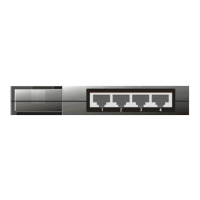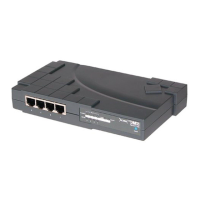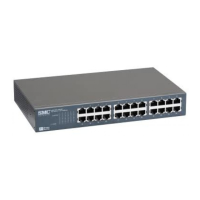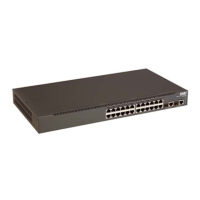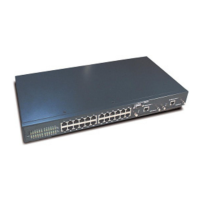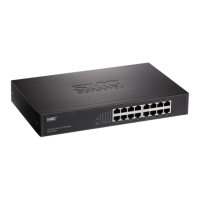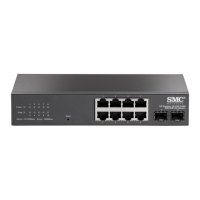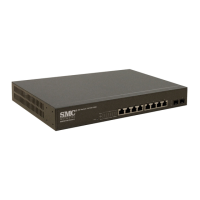C
ONFIGURING
THE
S
WITCH
3-14
• The ports at both ends of a trunk must be configured in an identical
manner, including communication mode (i.e., speed, duplex mode and
flow control), VLAN assignments, and CoS settings.
• All the ports in a trunk have to be treated as a whole when moved from/
to, added or deleted from a VLAN.
•The same STP, VLAN, and IGMP settings must be configured for all the
ports in a trunk.
Configuring Static Trunks
You can manually assign specific ports to a static trunk.
Command Usage
• To avoid creating a loop in the network, be sure that you add a static
trunk via the Web interface before connecting the ports, and also
disconnect ports before removing a static trunk via the Web interface.
• When using static trunks, you may not be able to link to switches of
different types, depending on the manufacturer’s implementation.
Field Attributes
Aggregator Setting page
• System Priority – Not applicable for static trunks.
• Group ID – Specifies the static trunk group. (Range: 1-4)
• LACP – Set this field to “Disable” when configuring a static trunk.
• Work Ports – Assigns port members to the static trunk. (Range: 1-8)
Aggregator Information page
• Group Key – Displays active static trunks.
• Port No – Shows the port members assigned to each static trunk.
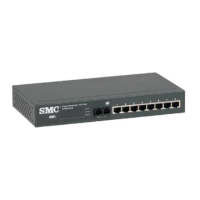
